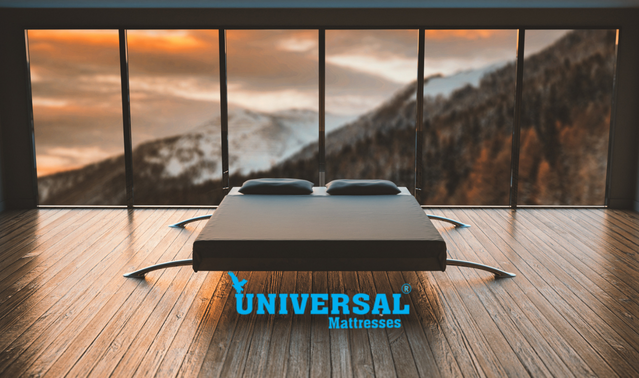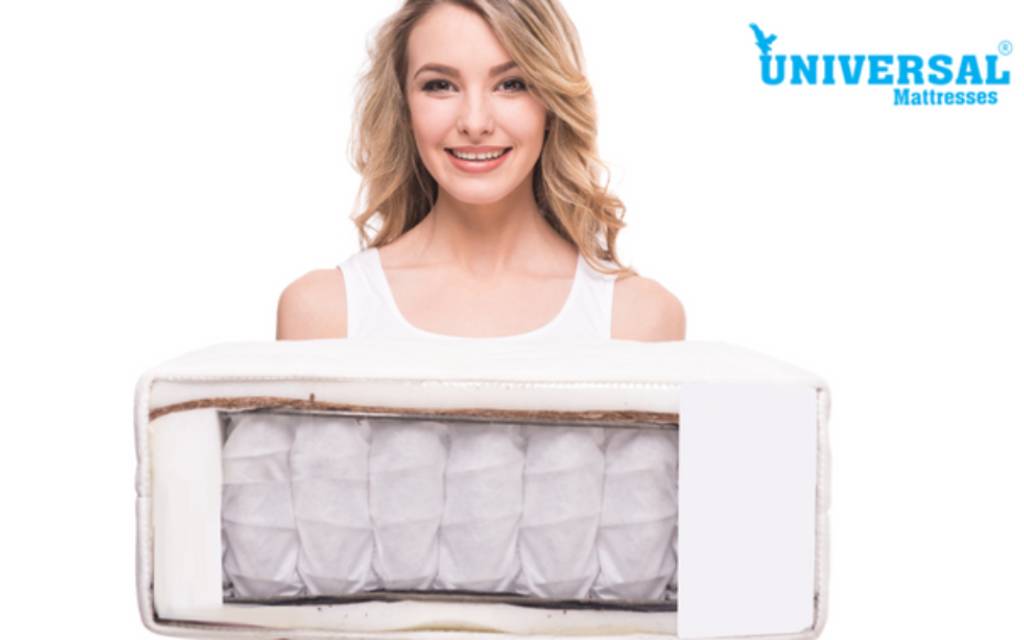
Our ability to sleep well is crucial, and the type of mattress we select has a big impact on how well we sleep. However, there are a lot of false beliefs and misconceptions about mattresses that have been around for a long time. These misconceptions can cause people to become confused and find it difficult to choose the best mattress for their needs and tastes.
In this comprehensive article from a leading spring mattress manufacturer in Chandigarh, we aim to debunk common mattress myths and provide evidence-based information to help you make informed decisions when it comes to your sleep surface.
Myth 1: The Firmer, the Better
One of the most prevalent myths about mattresses is that a firmer mattress is always better for your back and overall sleep quality. While it’s true that some people prefer a firmer surface, it’s not a one-size-fits-all solution.
Debunking the Myth:
Back sleepers often find that a mattress with moderate firmness offers the necessary support to maintain proper spinal alignment. A mattress that’s too firm can create uncomfortable gaps between your lower back and the mattress surface. Stomach sleepers tend to do better with a firmer mattress to prevent excessive sinking of the hips and maintain a neutral spinal position. However, it’s crucial to avoid an overly firm mattress, as it can lead to discomfort and strain on the neck and lower back.
Looking for a reliable spring mattress manufacturer in Chandigarh? Contact us today.
Myth 2: More Coils Mean Better Support
Inner spring mattresses often come with the misconception that the more coils they have, the better support they provide. Many consumers have been led to think that counting the number of coils is the ultimate measure of a mattress’s ability to deliver a comfortable and supportive night’s sleep.
Debunking the Myth:
The design and arrangement of the coils also impact the mattress’s support. Various coil configurations, such as pocketed coils or continuous coils, offer different levels of support and motion isolation. Reputable mattress manufacturers pay close attention to quality control in coil production to ensure consistent performance and longevity.
Your preferred sleeping position significantly influences the ideal level of support. Side sleepers may benefit from a mattress with more contouring to relieve pressure on hips and shoulders, while back and stomach sleepers might prefer firmer support to maintain spinal alignment. Personal comfort plays a vital role. Some individuals prefer a plush, cushiony feel, while others lean towards a firmer, more supportive surface.
Myth 3: Mattresses Last a Lifetime
Many people believe that once they invest in a high-quality mattress, it will last a lifetime without any maintenance or replacement. This myth can lead to using an old, worn-out mattress that no longer provides adequate support.
Debunking the Myth:
The core support system of a mattress, whether it’s innerspring coils or a foam core, can lose its resilience. As a result, the mattress may sag or develop indentations, leading to poor spinal alignment and potential discomfort. Older mattresses may accumulate dust mites, allergens, and other contaminants that can negatively impact your sleep quality and overall health.
Buy the ideal mattress for your peaceful sleep from a leading and reputed spring mattress manufacturer in Chandigarh.
Myth 4: All Memory Foam Mattresses Sleep Hot
The reputation of memory foam mattresses as heat traps has led to a common misconception that they are inherently uncomfortable for those who tend to sleep hot. This belief can dissuade potential buyers from considering memory foam as a viable mattress option.
Debunking the Myth:
Open-cell memory foam features a more breathable structure that promotes better air circulation. This design prevents heat from getting trapped within the foam, resulting in a cooler and more comfortable night’s sleep. Many memory foam mattresses come with covers made from breathable materials that wick away moisture and allow heat to escape, further contributing to a cooler sleeping environment.
Some memory foam mattresses incorporate copper-infused foam layers, which possess natural heat-conductive properties, helping to regulate temperature. Certain memory foam mattresses utilize phase-change materials that actively absorb and release heat, maintaining a more stable sleep temperature.
Myth 5: Mattress Toppers Can Fix Any Mattress
The notion that adding a mattress topper can magically transform any mattress into a comfortable and supportive sleep surface is a widespread misconception in the world of bedding. Many individuals believe that a topper can act as a quick and cost-effective solution to improve their sleep quality.
Debunking the Myth:
Toppers may slightly improve support, especially if your mattress lacks sufficient support. Still, they can’t correct significant structural issues in the underlying mattress, such as sagging or inadequate spinal alignment. Toppers tend to compress and lose their effectiveness over time, especially with regular use. Consequently, they may provide only short-term relief and necessitate frequent replacement.
Adding a topper can help if your mattress is too firm or too soft due to personal preference. However, if your mattress’s firmness is incompatible with your body’s needs or sleep style, a topper alone may not offer a satisfactory solution. Toppers are most effective on mattresses with relatively even surfaces. If your mattress has lumps, indentations, or structural damage, a topper may not provide a uniform and supportive sleep surface.
Get the best spring mattresses from a top spring mattress manufacturer in Chandigarh.
Myth 6: One-Size-Fits-All Mattresses Exist
The belief in the existence of a universal mattress that can cater to the sleep needs of all individuals, regardless of their body type, sleep position, or preferences, is a pervasive myth in the world of bedding. This misconception can lead people to make hasty mattress choices without considering the critical factors that affect sleep quality.
Debunking the Myth:
The position in which you prefer to sleep has a profound impact on the ideal mattress type and firmness level. Side sleepers often require more cushioning for their hips and shoulders, back sleepers need support to maintain spinal alignment, and stomach sleepers benefit from a firmer surface. Personal preferences for mattress firmness, material type (such as memory foam, latex, or innerspring), and specific features (such as motion isolation or cooling technology) are unique to each individual. What feels comfortable to one person may not be suitable for another.
Endnote
Dispelling these common mattress myths is essential for making informed decisions about your sleep surface. When choosing a mattress, it’s crucial to consider your individual needs, preferences, and budget. Remember that there is no one-size-fits-all solution, and the best mattress for you is the one that provides the most comfortable and supportive sleep experience.
By understanding the realities behind these myths, you can embark on your mattress shopping journey with confidence, knowing that you are well-equipped to find the perfect sleep surface for a restful night’s sleep.
If you are looking for a leading mattress seller in Chandigarh, connect with Universal Mattresses. We are the best spring mattress manufacturer in Chandigarh.


